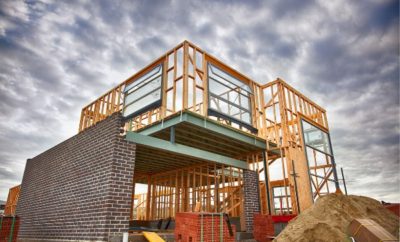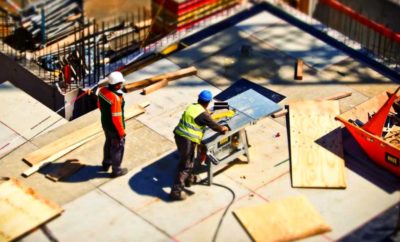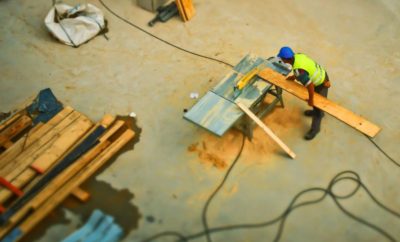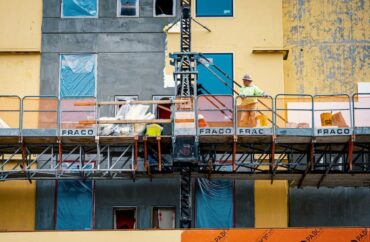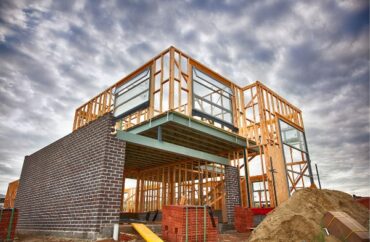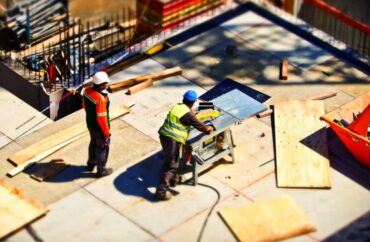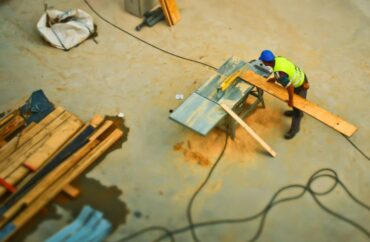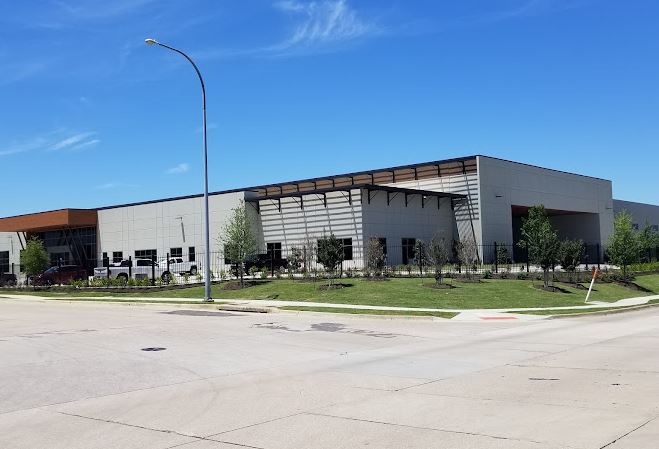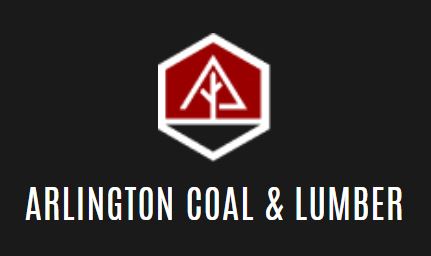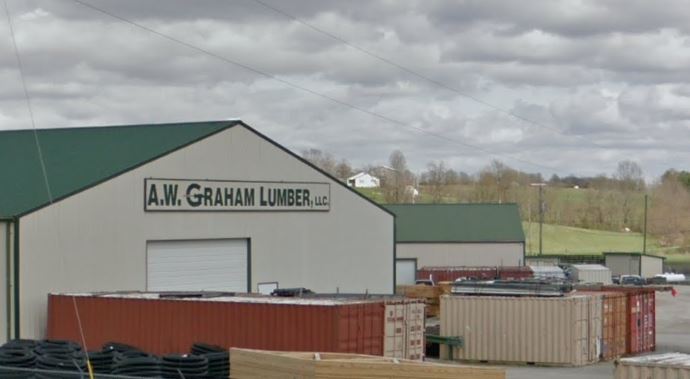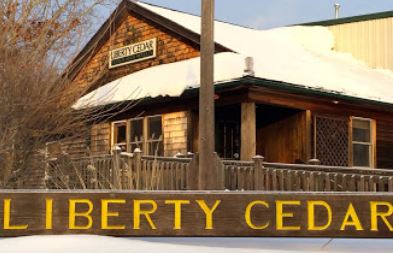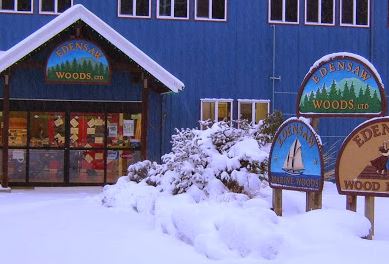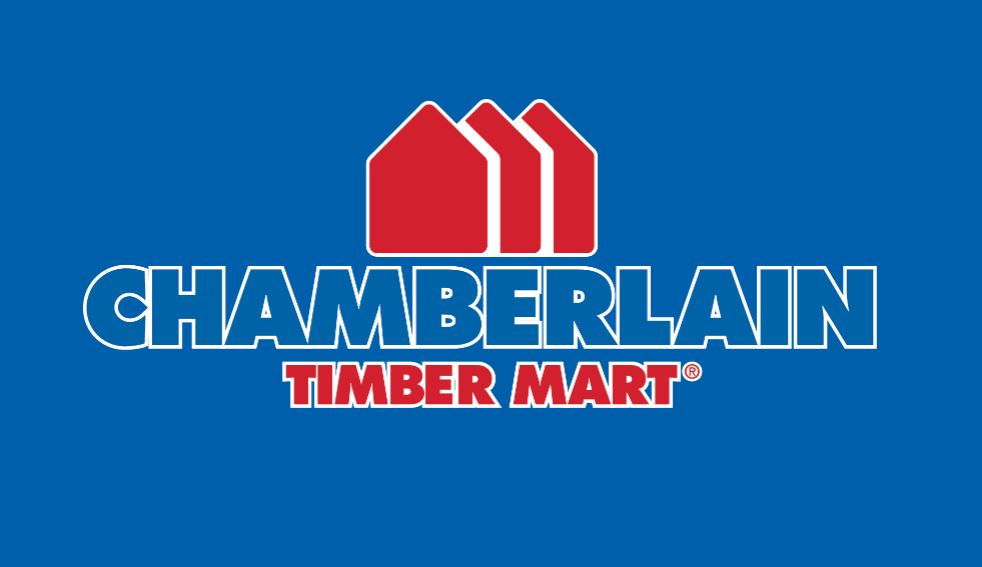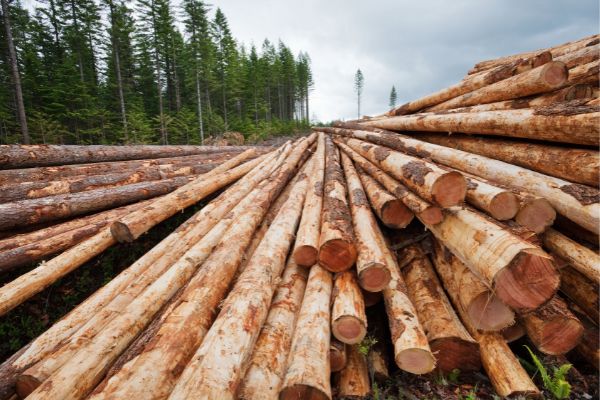
White House event: NAHB Calls for Elimination of Lumber Tariffs and an Increase in Output
During a recent virtual White House listening session on resolving the lumber and building material supply chain crisis, the National Association of Home Builders (NAHB) Chairman Jerry Konter urged the Biden administration to increase domestic production of timber from federal lands and to work with Canada on a new softwood lumber agreement that will eliminate tariffs.
“Historically high lumber and other building material prices are dramatically affecting home prices and rental costs, threatening the nation’s economic stability,” Konter said.
He informed administration officials that home building material costs have risen by 20% year on year. And, since last August, the price of framing lumber has more than tripled, while the price of oriented strand board (OSB) has more than doubled.
“These supply chain price increases have only exacerbated the ongoing housing affordability crisis,” said Konter.
According to NAHB, despite record-high lumber prices and tariffs that protect domestic producers while raising costs for builders and home buyers, lumber production has not kept pace with demand.
Domestic lumber production was only 0.4 percent higher in October 2021 than the previous year, and it is now lower than it was in 2018, despite increased demand.
Moreover, despite historically high lumber prices, domestic sawmill production increased by only 500 jobs last year.
“If our trade protectionist policies aren’t creating jobs or increasing domestic production, it’s time to reconsider our trade positions,” Konter said.
“There are few things that would have a more immediate impact on lumber markets than resolving our ongoing trade dispute with Canada over softwood lumber.”
Konter also stated that significant reductions in timber production from federally owned lands have severely constrained domestic supply since the 1990s.
He urged policymakers to do their part to boost domestic production by pursuing higher targets for timber sales from publicly-owned lands and opening up additional federal forest lands for environmentally sustainable logging.
“Housing can play a role in creating jobs and propelling the economy forward,” Konter said. “However, we must address skyrocketing lumber and building material prices as well as chronic production bottlenecks.”
More information about NAHB’s efforts to address the lumber and supply chain crisis can be found at nahb.org/lumber.


